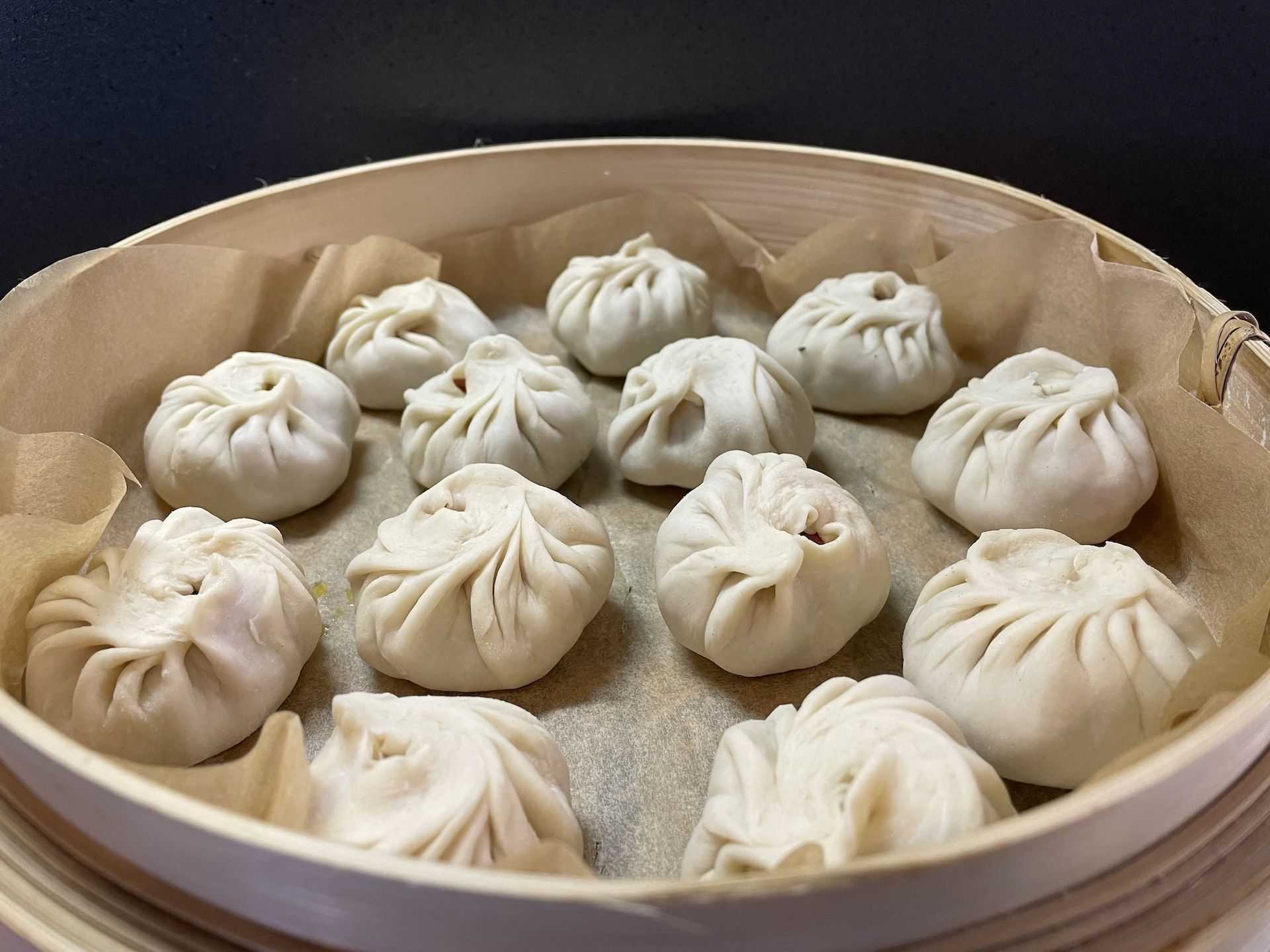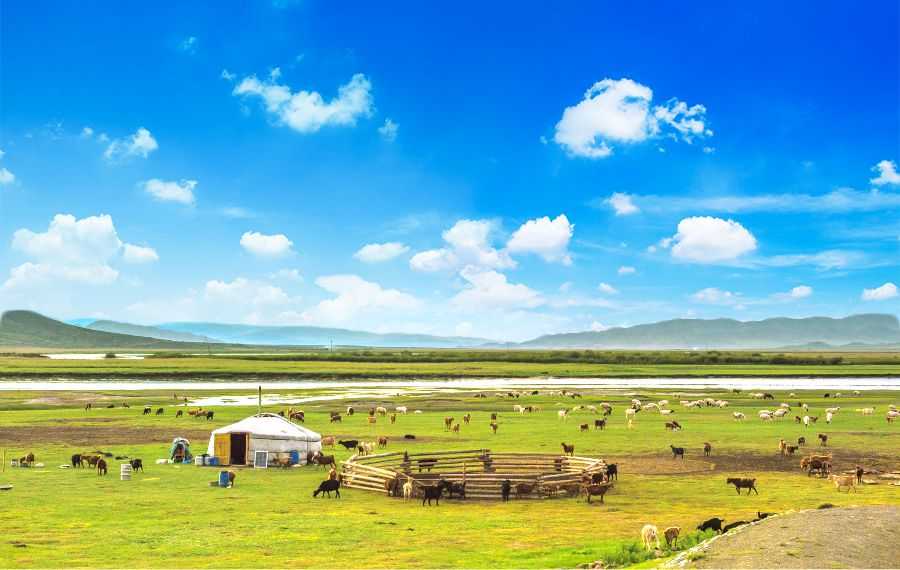
Exploring Mongolian Food: A Culinary Journey through Nomadic Culture and Tradition
Exploring Mongolian Food: A Culinary Journey through Nomadic Culture and Tradition
Embarking on a journey to Mongolia promises not just breathtaking landscapes and cultural immersion but also a culinary adventure like no other. The unique dishes native to Mongolian culture reflect the nomadic lifestyle and the harsh yet beautiful environment, offering travelers a taste of authenticity that's deeply rooted in tradition.
Mongolia's vast expanse, including the iconic Gobi Desert, shapes its culinary landscape. With a continental climate characterized by extreme temperatures, scarce precipitation, and a predominantly nomadic lifestyle, agriculture as we know it isn't prevalent. Instead, Mongolian cuisine revolves around livestock, with meat and dairy taking center stage.
Expect hearty dishes featuring mutton, beef, goat, horse, and even camel meat, complemented by an array of dairy products like yogurt, milk, and cheese. The seasonal nature of Mongolian cuisine divides it into "red" and "white" foods, with meat dominating winter dishes and dairy products shining in the warmer months.
While Ulaanbaatar, the capital city, offers additional culinary experiences, here are some must-try Mongolian dishes:
- Airag: This fermented drink made from mare or horse's milk is a staple in Mongolian households. With its slight carbonation and low alcohol content, airag offers a unique taste and is often enjoyed for its health benefits.
- Buuz: These traditional Mongolian dumplings are filled with flavorful meat, typically mutton or beef, and seasoned with onions, garlic, and salt. Steamed to perfection, buuz are a favorite during festivities like the Naadam festival.
- Khuushuur: Similar to buuz but deep-fried instead of steamed, khuushuur features the same savory meat filling encased in crispy pastry dough. It's a popular snack appreciated for its portability and satisfying taste.
- Bansh: Another variation of dumplings, bansh, offers a delightful twist by being boiled and served in a comforting broth or soup. These smaller dumplings pack a punch of flavor and are perfect for warming up during cold Mongolian winters.
- Aaruul: Nomadic Mongolians often snack on these traditional dried curds made from boiled and pressed milk. Aaruul is a convenient and nutritious treat that's easy to store and enjoy on the go.
- Khorkhog: Unlike the international concept of Mongolian barbecue, khorkhog stays true to its roots with a preparation method that involves cooking mutton, vegetables, and potatoes over hot rocks in a sealed pot. The result is a succulent, aromatic dish bursting with authentic Mongolian flavors.
Exploring Mongolian cuisine isn't just about satisfying hunger; it's about experiencing the rich tapestry of nomadic culture and tradition. So, when planning your next adventure to Mongolia, be sure to include a culinary tour in your itinerary to savor the flavors of this captivating land. And for a hassle-free experience, consider booking a Mongolia tour package with the best travel agency, ensuring an unforgettable journey from start to finish.

